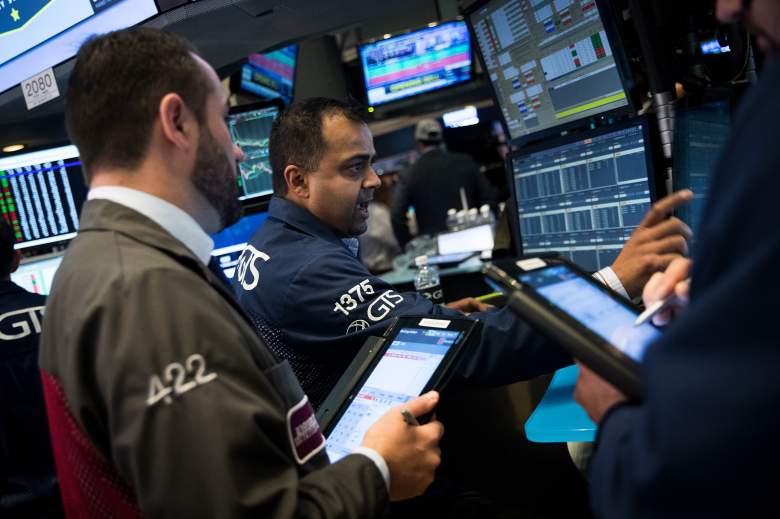
Getty
Equity catalysts come in all shapes and sizes. But when we boil them down there are only two types: known and unknown.
Yes, a known catalyst sounds counterintuitive.
The word “known” feels like a misnomer, yet it is accurate because by “known” we mean “time.” We know the timing of the catalyst.
Take, for instance, a solar eclipse. We know when it will happen. We know totality translates to darkness. What we don’t know is how the environment, outside of levels of light, will necessarily respond. We know when and what, but can only guess at reactions.
This is a known catalyst. If we translate this to equities, we can include events like earnings releases, FDA decisions, investment conferences and presentations, along with new product introductions.
On the flip side, we have unknown catalyst. These are more equal to a car crash: sudden, unexpected and potentially damaging.
Unlike a car crash, they can be rewarding (if you are on the right side of the trade). These include earnings warnings, increased earnings guidance, product issues like recalls, illnesses or injury, accounting irregularities, equity offerings, and buyouts/mergers. By no means is this meant to be an all-inclusive list. But it’s a general guide on the differences.
Clearly, we have overlap between the two.
A known catalyst such as an earnings release might include earnings guidance or discussion of previously unknown catalysts. While not mutually exclusive, the impact of an unknown catalyst within a known catalyst has a greater potential to diminish its effect. The reason behind this is preparation.
Investors and traders expecting a catalyst are more likely to build protection around their capital whether it be monetary or emotional. For instance, investors may reduce their position size into the event or purchase option protection in the form of puts. There is time to prepare.
When Luck Exceeds Expectations
Understanding the difference in the type of catalysts is important to assess your own portfolio. An unknown catalyst can have painful results on a portfolio or propel it to the next level. Often, but not always, this is a case where luck exceeds preparation.
A fundamental and/or technical deep dive into a company may have uncovered risks to earnings or what makes a company an attractive buyout candidate. But to be involved when an unknown catalyst occurs is often a mix of that work or lack of work, along with a heavy dose of luck (good or bad).
On the flip side, the results after a known catalyst are predominantly preparation with a dash of luck. This is where the fundamental or technical analysis of a company should shine. Unfortunately, being accurate with your analysis won’t always translates to profits, which is where that dash of luck comes into play. But if an investor chooses a path where they don’t prepare, then they will leave their results to a roll of the dice.
The challenge with chance is it will quickly weigh on emotional capital.
Investors are quick to think the market is out to get them, conspiring with some unknown force to take their money. Results driven by luck come without logic and will leave an investor unable to conclude why an investment did or did not meet expectations.
If an investor can discern known vs. unknown catalysts, they can then back into what worked or didn’t work with their initial investment thesis and preparation.
Truth is, there are times we simply can’t see something coming. If we identify that fact, then we can avoid emotionally beating ourselves up or becoming falsely overconfident and develop a long-lasting investment process based on preparation rather than luck.